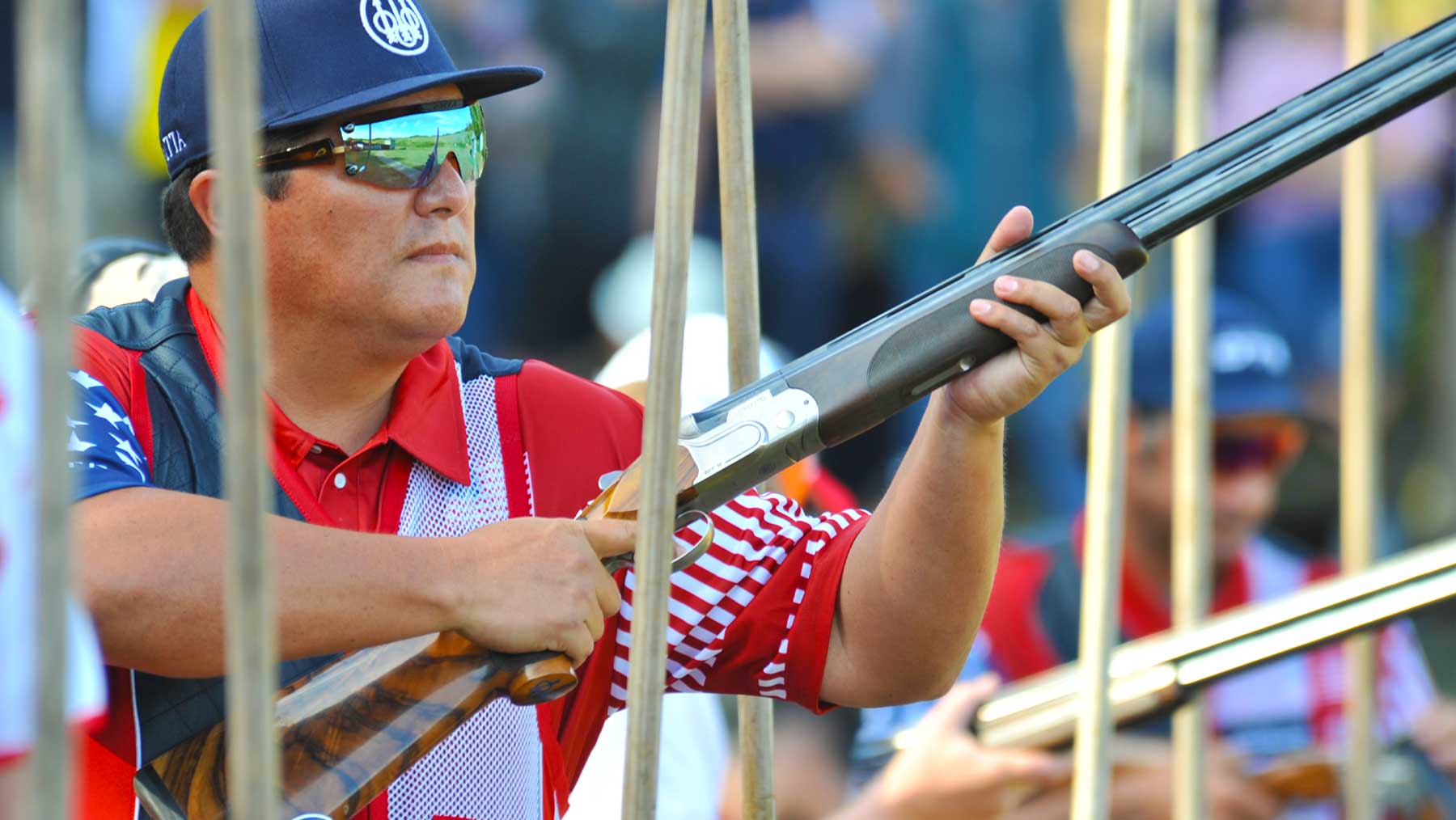We’ve all experienced soft focus before whether we knew it or not. A target emerges and we begin to move the gun with the flash of orange that appears. Our eyes cannot yet see any clarity or detail on the target, but we have a blurry outline of where the target is. Any time that we deliberately try to see the target as a flash or blur can be considered a period of soft focus. We do this to ensure we do not engage our hard focus too early, which is easier said than done.
We can actually transition from soft focus to hard focus relatively quickly after acquiring the target, the problem is that we can’t hold that hard focus for extended periods of time. On trap and quartering targets, this is hardly a cause for concern. The moment that we are capable of seeing the target clearly, we lock in and pull the trigger before the target gets too far away, and we would be correct to do so. However, when we come across a target that takes a few seconds to reach the desired break point, we need a new approach.
On long developing targets, a very common mistake is seeing the target too hard, too soon. Consider, for example, a long chandelle. If we select a break point just after the apex of its flight path, that point is often three or four seconds into the shot. If, against our better judgement, we decided to engage our hard focus at the first opportunity, we would likely be losing clarity on the target by the time it reached its peak. At this point, we often perceive the target to be moving in the direction it was headed when we saw it best, meaning our gun will continue tangentially off the arc of the target and we will miss over the top. This phenomenon is often characterized by the statement, “it fell out from underneath me!” Therefore, best practice would be to utilize soft focus until the target begins to crest, initiate hard focus as the target peaks, and trigger the shot when we see it best.
So then, how do we deliberately maintain soft focus for longer periods of time? A lot of shooters will induce soft focus by keeping the gun unmounted, which can achieve the same effect, but is ultimately unnecessary in most cases. To be successful, mounted or unmounted, we need to keep our focus on a broad area well beyond the target. If the target is 30 yards away, we need to be looking at the background behind the target 50-60 yards away. This allows us to maintain sight of the target without it being the focal point of our vision. We still need to be able to react to the flash of the target, so setting our eyes with the correct look point is important as well.
As the target approaches the break point, we shift our focus to the target, with more acute intensity. We can do this quickly because it is much easier for our eyes to lock onto something closer than what they were focused on previously. Therefore, we should not have to dedicate much time to transitioning from soft to hard focus. While soft focus is not a particularly complicated concept, it can be challenging to achieve the discipline to use it every pair, especially when hard focus is what breaks the clays. Acknowledging its importance is key, as well as making the proper adjustments based on each individual presentation.



0 Comments